Grow Bay Leaf Cuttings: Unlock the secrets to propagating your own aromatic bay laurel at home! Have you ever dreamed of having an endless supply of fresh bay leaves for your culinary creations? Imagine the rich, savory aroma wafting from your kitchen, all thanks to a plant you nurtured from a simple cutting. This isn’t just about saving money; it’s about connecting with nature and experiencing the satisfaction of creating something beautiful and useful with your own hands.
Bay laurel, or Laurus nobilis, has a rich history, revered since ancient times. The Greeks and Romans crowned victors and heroes with bay laurel wreaths, symbolizing honor and glory. Today, while we may not be crowning heroes with them, bay leaves remain a staple in kitchens worldwide, adding depth and complexity to countless dishes. But buying them from the store can be expensive, and the dried leaves often lack the vibrant flavor of fresh ones.
That’s where this DIY guide comes in! I’m going to show you a simple, step-by-step method to grow bay leaf cuttings successfully. Whether you’re a seasoned gardener or a complete beginner, this guide will empower you to propagate your own bay laurel plant. No more running to the store every time you need a bay leaf; you’ll have a thriving plant right in your backyard or even on your windowsill. Let’s get started and bring the taste of the Mediterranean to your home!
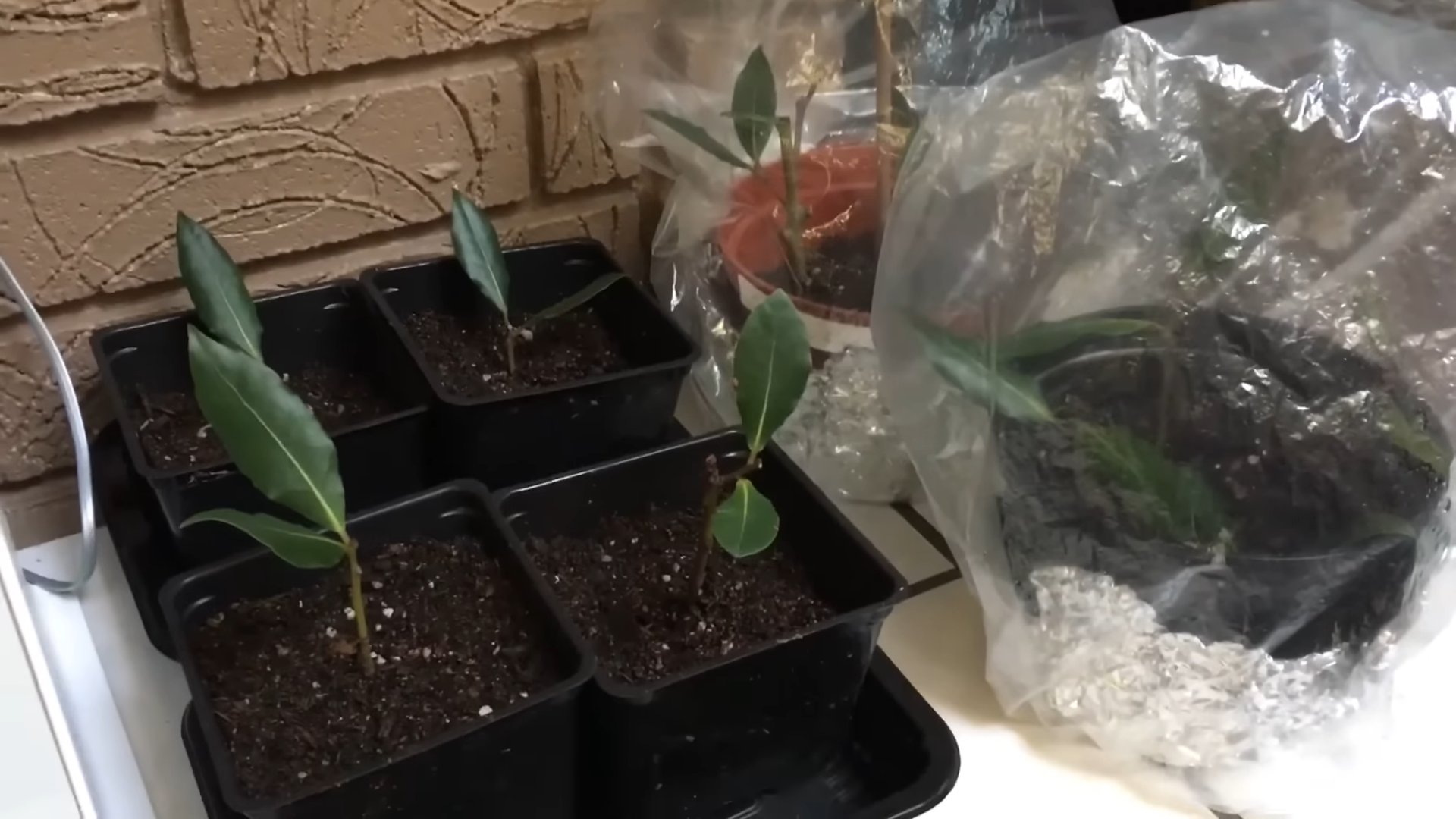
Propagating Bay Leaf: A DIY Guide to Growing Your Own Herb Garden
Hey there, fellow gardening enthusiasts! I’m so excited to share my tried-and-true method for propagating bay leaf from cuttings. Forget buying those expensive, dried-up leaves at the store – imagine having a constant supply of fresh, aromatic bay leaves right in your backyard (or even on your balcony!). It’s easier than you think, and I’m going to walk you through every step.
What You’ll Need
Before we dive in, let’s gather our supplies. Having everything ready beforehand will make the whole process smoother and more enjoyable.
* Healthy Bay Leaf Plant (Mother Plant): This is crucial! You need a thriving bay leaf plant to take cuttings from. Look for a plant that’s free from diseases and pests, with plenty of healthy, green growth.
* Sharp, Clean Pruning Shears or Knife: Sterilize your cutting tools with rubbing alcohol to prevent the spread of diseases. A clean cut is essential for successful rooting.
* Rooting Hormone (Optional but Recommended): Rooting hormone encourages faster and more reliable root development. You can find it at most garden centers. I personally prefer a powder-based rooting hormone.
* Rooting Medium: This is what your cuttings will root in. I’ve had great success with a mix of perlite and vermiculite (equal parts). You can also use seed starting mix or well-draining potting soil. Just make sure it’s not too heavy.
* Small Pots or Containers: Choose pots that are about 3-4 inches in diameter. Make sure they have drainage holes!
* Clear Plastic Bag or Humidity Dome: This will help create a humid environment, which is essential for successful rooting. A clear plastic bag works perfectly fine, or you can invest in a small humidity dome.
* Spray Bottle with Water: For misting the cuttings to keep them hydrated.
* Warm, Bright Location (Indirect Sunlight): Avoid direct sunlight, which can scorch the cuttings. A spot near a window with filtered light is ideal.
* Labels and a Pen: To label your pots with the date and type of cutting. This helps you keep track of your progress.
Choosing the Right Cuttings
Selecting the right cuttings is half the battle. You want to choose healthy, vigorous growth that will have the best chance of rooting.
* Time of Year: The best time to take bay leaf cuttings is in late spring or early summer, when the plant is actively growing.
* Type of Cutting: We’ll be using semi-hardwood cuttings. These are stems that have started to mature but are not yet fully woody. They should be flexible but not too soft.
* Stem Selection: Look for stems that are about 4-6 inches long, with several leaves. Avoid stems that are too thin or too thick.
* Healthy Growth: Choose stems that are free from diseases, pests, and damage. The leaves should be a healthy green color.
Taking the Cuttings
Now for the fun part! Let’s get those cuttings ready for rooting.
1. Prepare Your Tools: Sterilize your pruning shears or knife with rubbing alcohol. This is a crucial step to prevent the spread of diseases.
2. Select Your Stems: Choose healthy, semi-hardwood stems that are about 4-6 inches long.
3. Make the Cut: Using your sterilized pruning shears or knife, make a clean cut just below a leaf node (the point where a leaf grows from the stem). A clean cut is essential for successful rooting.
4. Remove Lower Leaves: Remove the leaves from the bottom 1-2 inches of the cutting. This will prevent them from rotting when they’re buried in the rooting medium.
5. Prepare the Cutting (Optional): Some gardeners like to gently scrape the bottom inch of the cutting with a knife. This can encourage root formation. I’ve had success both with and without this step, so it’s up to you.
Rooting the Cuttings
This is where the magic happens! We’ll be creating the perfect environment for those cuttings to develop roots.
1. Prepare the Rooting Medium: Moisten your rooting medium (perlite and vermiculite mix, seed starting mix, or well-draining potting soil) with water. It should be damp but not soggy.
2. Fill the Pots: Fill your small pots or containers with the moistened rooting medium.
3. Apply Rooting Hormone (Optional): If you’re using rooting hormone, dip the bottom inch of the cutting into the powder. Tap off any excess.
4. Plant the Cutting: Use a pencil or your finger to create a hole in the rooting medium. Gently insert the cutting into the hole, making sure that the bottom 1-2 inches are buried.
5. Gently Firm the Soil: Gently firm the rooting medium around the cutting to provide support.
6. Water the Cutting: Water the cutting gently to settle the rooting medium.
7. Create a Humid Environment: Place the pot inside a clear plastic bag or under a humidity dome. This will help create a humid environment, which is essential for successful rooting. If using a plastic bag, make sure it doesn’t touch the leaves. You can use skewers or chopsticks to prop it up.
8. Place in a Warm, Bright Location: Place the pot in a warm, bright location with indirect sunlight. Avoid direct sunlight, which can scorch the cuttings.
Caring for Your Cuttings
Patience is key! It can take several weeks for the cuttings to develop roots.
1. Maintain Humidity: Keep the humidity high by misting the cuttings with water every day or two. If you’re using a plastic bag, you may need to open it occasionally to prevent mold growth.
2. Check for Moisture: Check the rooting medium regularly to make sure it’s still moist. Water as needed, but avoid overwatering.
3. Check for Root Development: After a few weeks, gently tug on the cutting to see if it has developed roots. If you feel resistance, that’s a good sign! You can also gently remove the cutting from the pot to check for roots.
4. Gradually Acclimate to Lower Humidity: Once the cuttings have developed roots, gradually acclimate them to lower humidity by opening the plastic bag or humidity dome for longer periods of time each day.
Transplanting Your Rooted Cuttings
Congratulations! Your cuttings have rooted, and it’s time to transplant them into larger pots.
1. Choose a Larger Pot: Select a pot that’s about 6-8 inches in diameter.
2. Prepare the Potting Mix: Use a well-draining potting mix.
3. Gently Remove the Cutting: Gently remove the rooted cutting from its original pot. Be careful not to damage the roots.
4. Plant the Cutting: Place the cutting in the larger pot and fill it with potting mix.
5. Water the Cutting: Water the cutting thoroughly to settle the potting mix.
6. Place in a Sunny Location: Place the pot in a sunny location with at least 6 hours of sunlight per day.
7. Fertilize Regularly: Fertilize the plant regularly with a balanced fertilizer.
Troubleshooting
Sometimes things don’t go as planned. Here are some common problems and how to fix them.
* Cuttings Rotting: This is usually caused by overwatering or poor drainage. Make sure your rooting medium is well-draining and avoid overwatering.
* Cuttings Not Rooting: This can be caused by a number of factors, including poor cutting selection, lack of humidity, or insufficient light. Make sure you’re using healthy cuttings, providing adequate humidity, and placing the cuttings in a bright location.
* Leaves Turning Yellow: This can be caused by overwatering, underwatering, or nutrient deficiencies. Check the moisture level of the rooting medium and fertilize as needed.
Final Thoughts
Propagating bay leaf from cuttings is a rewarding experience. With a little patience and care, you can easily grow your own supply of fresh bay leaves. I hope this guide has been helpful. Happy gardening!
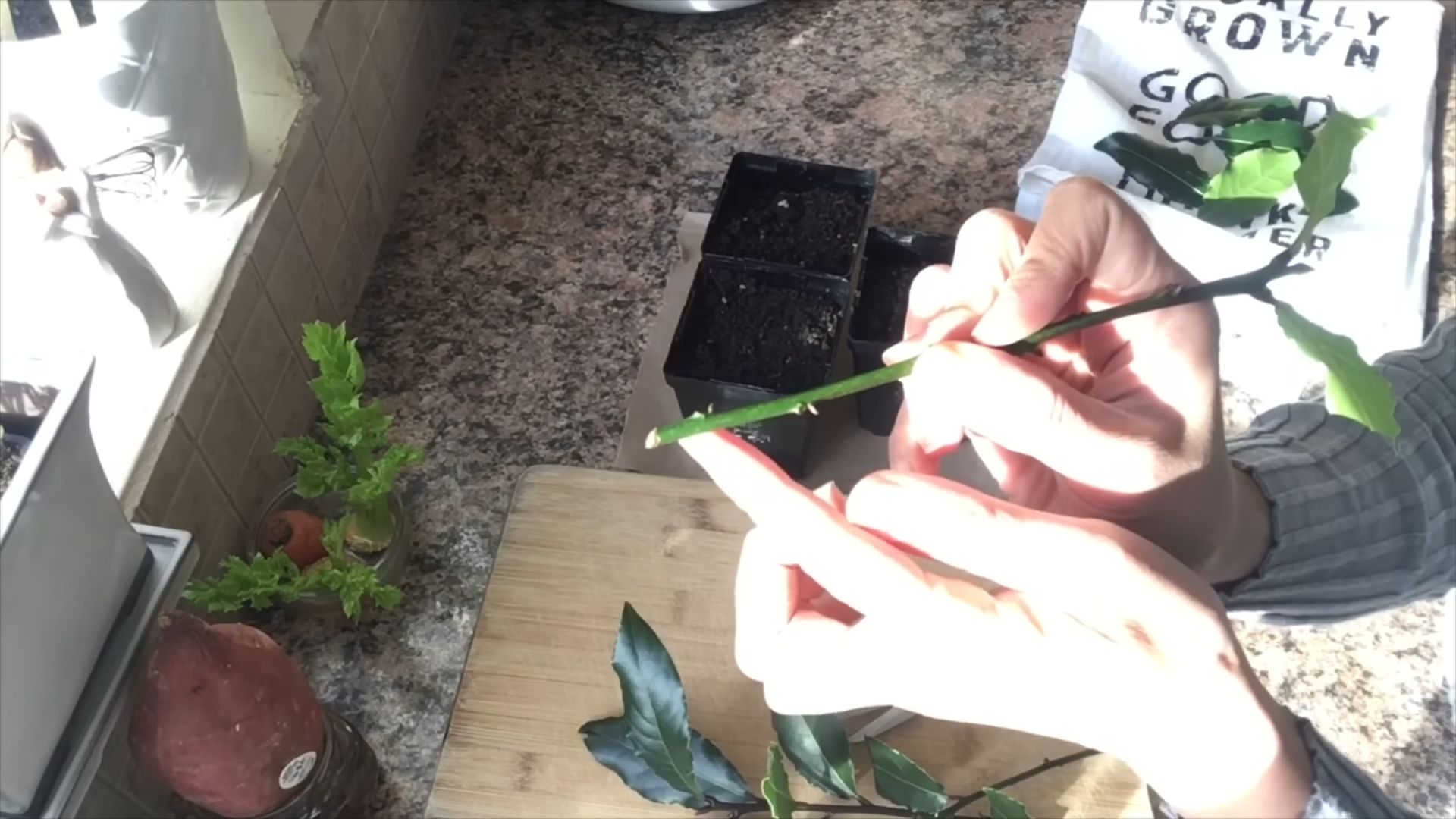
Conclusion
So, there you have it! Mastering the art of growing bay leaf cuttings is not just a fun gardening project; it’s a gateway to a constant supply of fresh, aromatic bay leaves right at your fingertips. Forget those dried-out, flavorless leaves from the grocery store. Imagine the vibrant, pungent aroma infusing your soups, stews, and sauces with a depth of flavor you never thought possible. This DIY trick is a must-try for any home cook or gardening enthusiast looking to elevate their culinary creations and connect with nature.
Why is this method so compelling? Firstly, it’s incredibly cost-effective. Instead of repeatedly purchasing bay leaves, you can propagate your own plants from a single, healthy mother plant or even cuttings gifted from a friend. Secondly, it’s environmentally friendly. Reducing your reliance on commercially grown and transported bay leaves contributes to a more sustainable lifestyle. And thirdly, it’s deeply rewarding. Nurturing a tiny cutting into a thriving bay leaf plant is an incredibly satisfying experience.
But the beauty of this method lies in its adaptability. Feel free to experiment with different rooting mediums. While we’ve highlighted the success of using a well-draining potting mix, some gardeners have found success with perlite, vermiculite, or even a combination of these. You can also explore different rooting hormones. While not strictly necessary, a rooting hormone can significantly increase your chances of success, especially with more challenging cuttings. Consider trying different varieties of bay laurel as well! While the classic *Laurus nobilis* is the most common, there are other cultivars with slightly different flavor profiles and growth habits.
Don’t be afraid to tweak the process to suit your specific environment and resources. The key is to provide your cuttings with consistent moisture, warmth, and indirect light. Monitor them closely, and be patient. Rooting can take several weeks, so don’t be discouraged if you don’t see results immediately.
We wholeheartedly encourage you to give this DIY trick a try. It’s a simple, rewarding, and sustainable way to enhance your cooking and connect with the natural world. Once you’ve successfully grown your own bay leaf cuttings, we’d love to hear about your experience! Share your tips, tricks, and photos in the comments below. Let’s build a community of bay leaf enthusiasts and help each other cultivate thriving gardens. Embrace the joy of growing your own, and unlock the full potential of this versatile herb. Growing bay leaf cuttings is easier than you think, and the rewards are immeasurable.
Frequently Asked Questions (FAQ)
What is the best time of year to take bay leaf cuttings?
The ideal time to take bay leaf cuttings is during the late spring or early summer. This is when the plant is actively growing, and the cuttings are more likely to root successfully. However, you can also take cuttings in the late summer or early fall, although the rooting process may be slower. Avoid taking cuttings during the dormant winter months.
How do I choose the right bay leaf cuttings?
Select healthy, semi-hardwood stems that are about 4-6 inches long. Look for stems that have several leaves and are free from any signs of disease or pests. Avoid stems that are too woody or too soft and green. The ideal cutting should be firm and flexible. Use clean, sharp pruning shears or a knife to make a clean cut just below a leaf node.
Do I need to use rooting hormone?
While not strictly necessary, using a rooting hormone can significantly increase your chances of success, especially if you’re working with cuttings that are difficult to root. Rooting hormones contain auxins, which are plant hormones that promote root development. Dip the cut end of the cutting in rooting hormone powder or liquid before planting it in the rooting medium. Follow the instructions on the rooting hormone packaging for proper application.
What type of rooting medium should I use?
A well-draining rooting medium is essential for successful bay leaf propagation. A mixture of perlite and vermiculite is a popular choice, as it provides good aeration and moisture retention. You can also use a commercial seed starting mix or a mixture of peat moss and sand. Avoid using garden soil, as it can be too heavy and may contain pathogens that can harm the cuttings.
How often should I water the bay leaf cuttings?
Keep the rooting medium consistently moist, but not waterlogged. Water the cuttings whenever the top inch of the medium feels dry to the touch. Avoid overwatering, as this can lead to root rot. You can also increase humidity by covering the cuttings with a plastic bag or dome. Make sure to provide adequate ventilation to prevent the growth of mold or mildew.
How much light do bay leaf cuttings need?
Bay leaf cuttings need bright, indirect light to root successfully. Avoid placing them in direct sunlight, as this can scorch the leaves. A north-facing window or a shaded area outdoors is ideal. You can also use a grow light to provide supplemental lighting, especially during the winter months.
How long does it take for bay leaf cuttings to root?
Rooting can take anywhere from 4 to 8 weeks, depending on the environmental conditions and the health of the cuttings. Be patient and continue to provide consistent moisture, warmth, and indirect light. You can gently check for root development by tugging lightly on the cutting. If you feel resistance, it means that roots have formed.
How do I know when the bay leaf cuttings are ready to be transplanted?
Once the cuttings have developed a strong root system, they are ready to be transplanted into individual pots. Choose pots that are slightly larger than the root ball and fill them with a well-draining potting mix. Gently remove the cuttings from the rooting medium and plant them in the pots. Water thoroughly and place the pots in a bright, indirect light location.
What kind of care do newly transplanted bay leaf plants need?
Newly transplanted bay leaf plants need consistent moisture and protection from extreme temperatures. Water them regularly, allowing the soil to dry slightly between waterings. Fertilize them with a balanced fertilizer every few weeks during the growing season. Prune them regularly to maintain their shape and encourage bushier growth.
Can I grow bay leaf plants indoors?
Yes, bay leaf plants can be grown indoors, but they need plenty of light and good air circulation. Place them near a sunny window or use a grow light to provide supplemental lighting. Water them regularly and fertilize them during the growing season. Prune them regularly to maintain their shape and prevent them from becoming too leggy.
What are some common problems with bay leaf plants?
Some common problems with bay leaf plants include scale, aphids, and spider mites. These pests can be controlled with insecticidal soap or neem oil. Bay leaf plants can also be susceptible to root rot if they are overwatered. Make sure to provide good drainage and avoid overwatering. Leaf spot diseases can also occur, especially in humid conditions. Improve air circulation and treat with a fungicide if necessary.

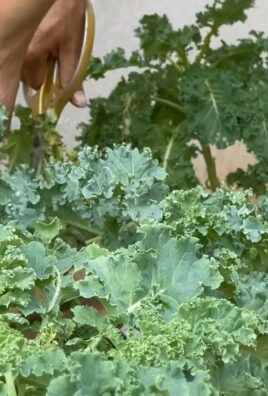
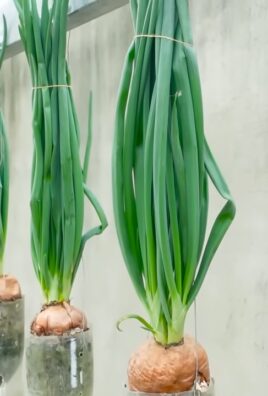
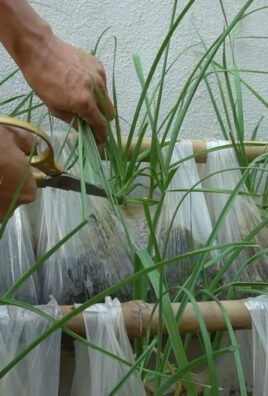
Leave a Comment